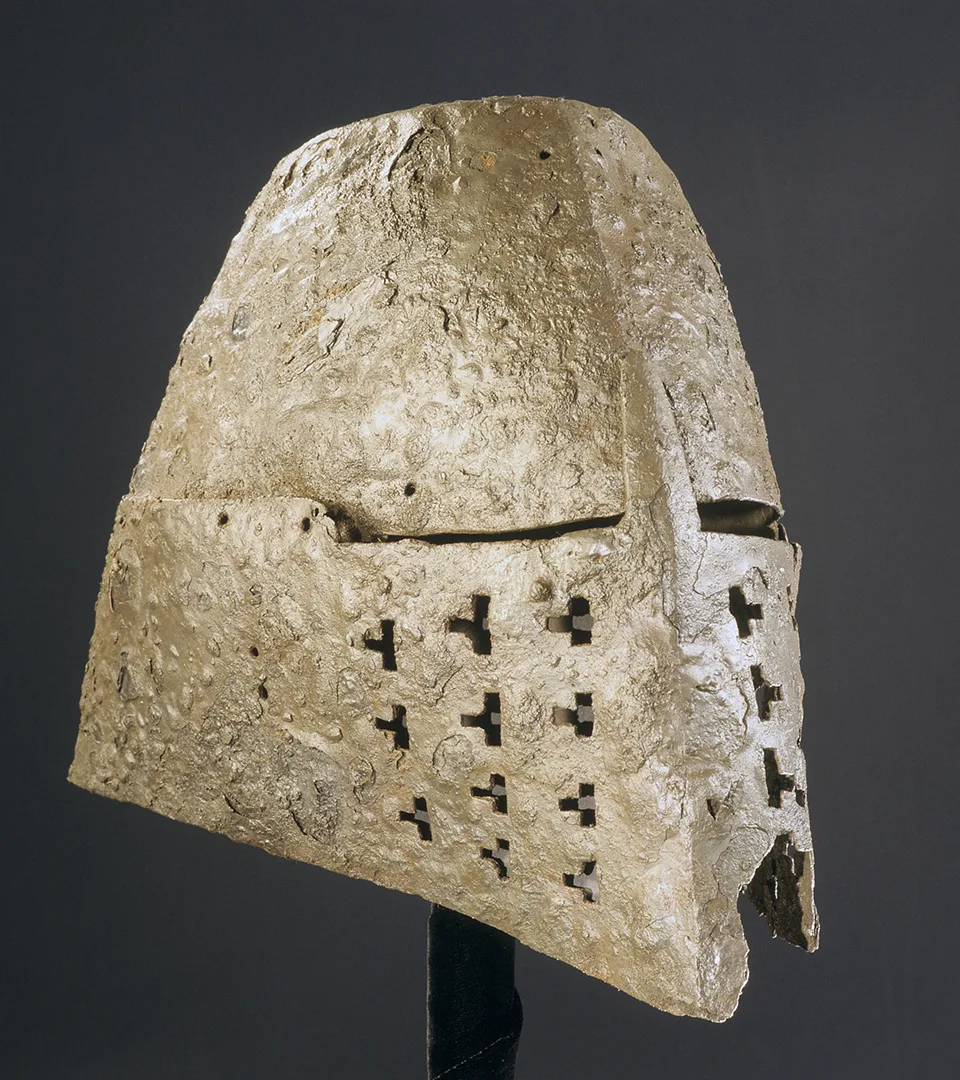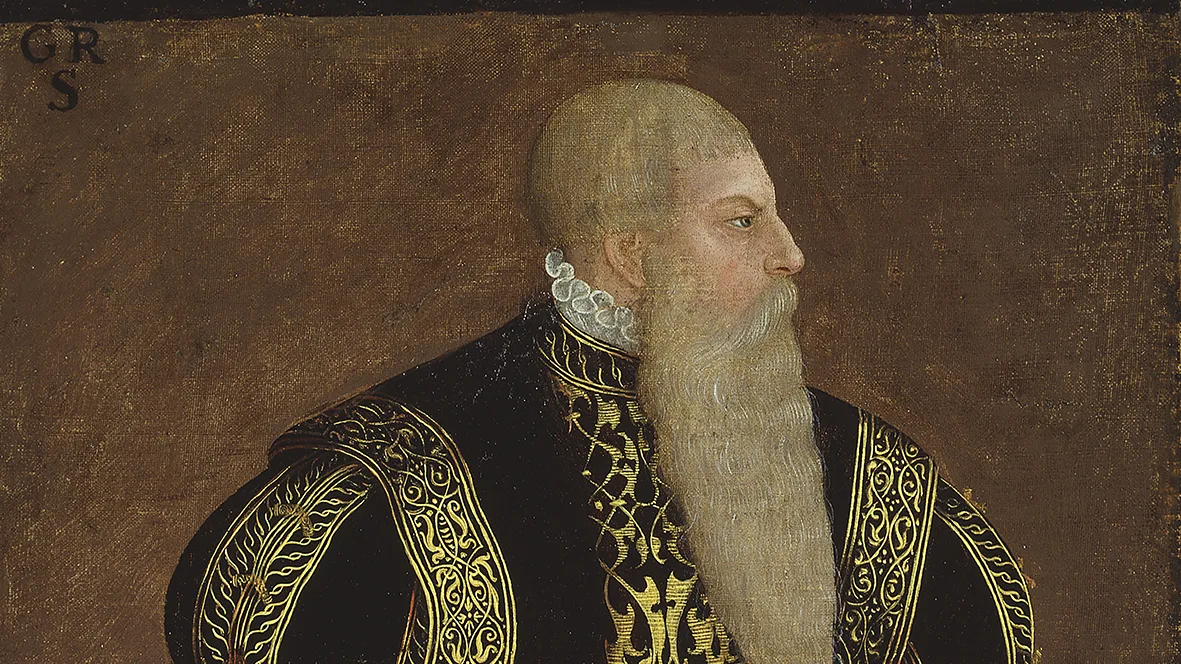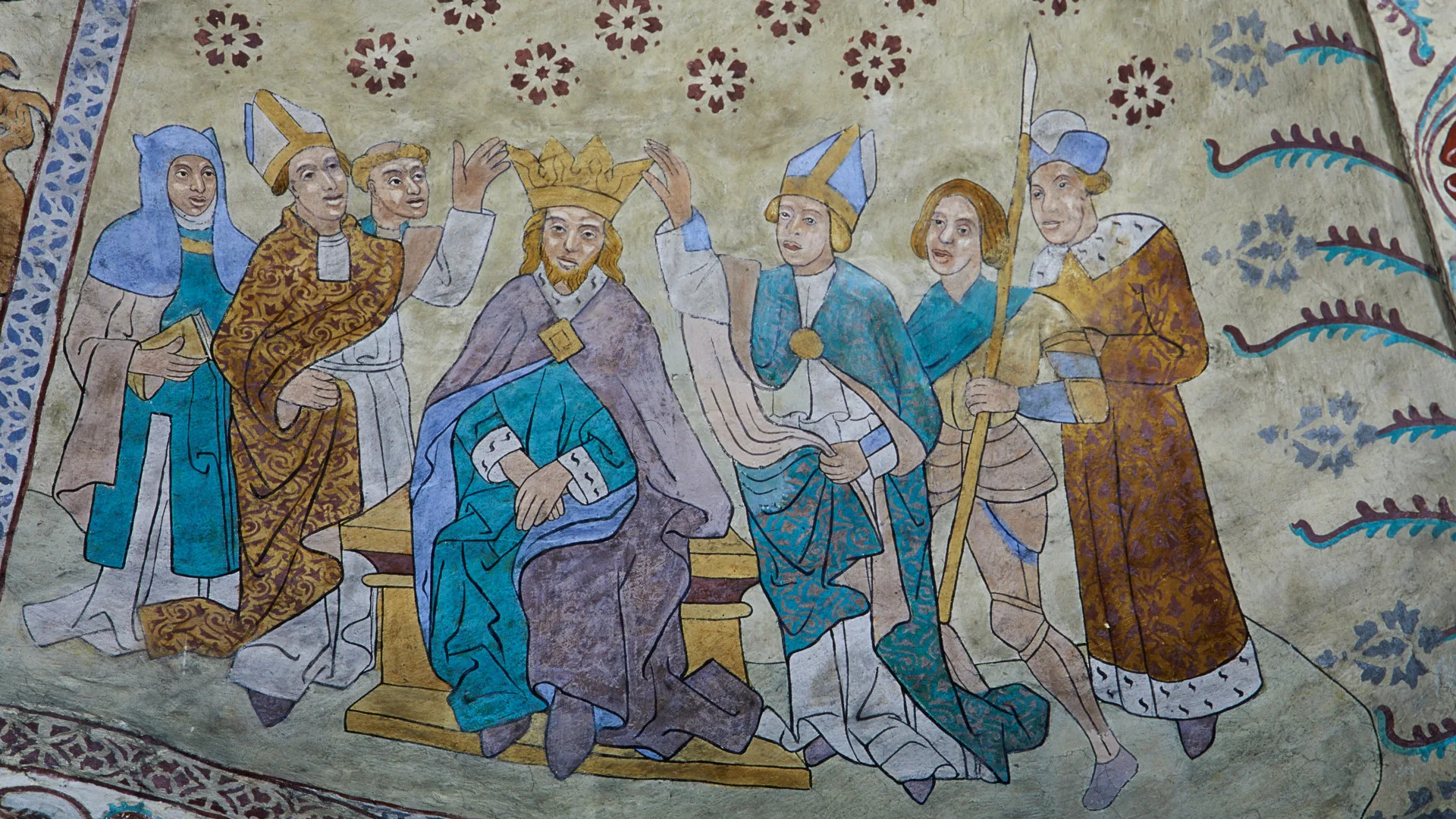Children and toys in the Middle Ages
Viking Age
AD 800 – AD 1100
Middle Ages
AD 1050 – AD 1520
Modern Age
AD 1520 – AD 2025
The situation of children in the Middle Ages was in many ways completely different from what it is today. Traces of their lives are scarce, since toys and children’s clothing were generally used until they wore out and were therefore rarely saved.
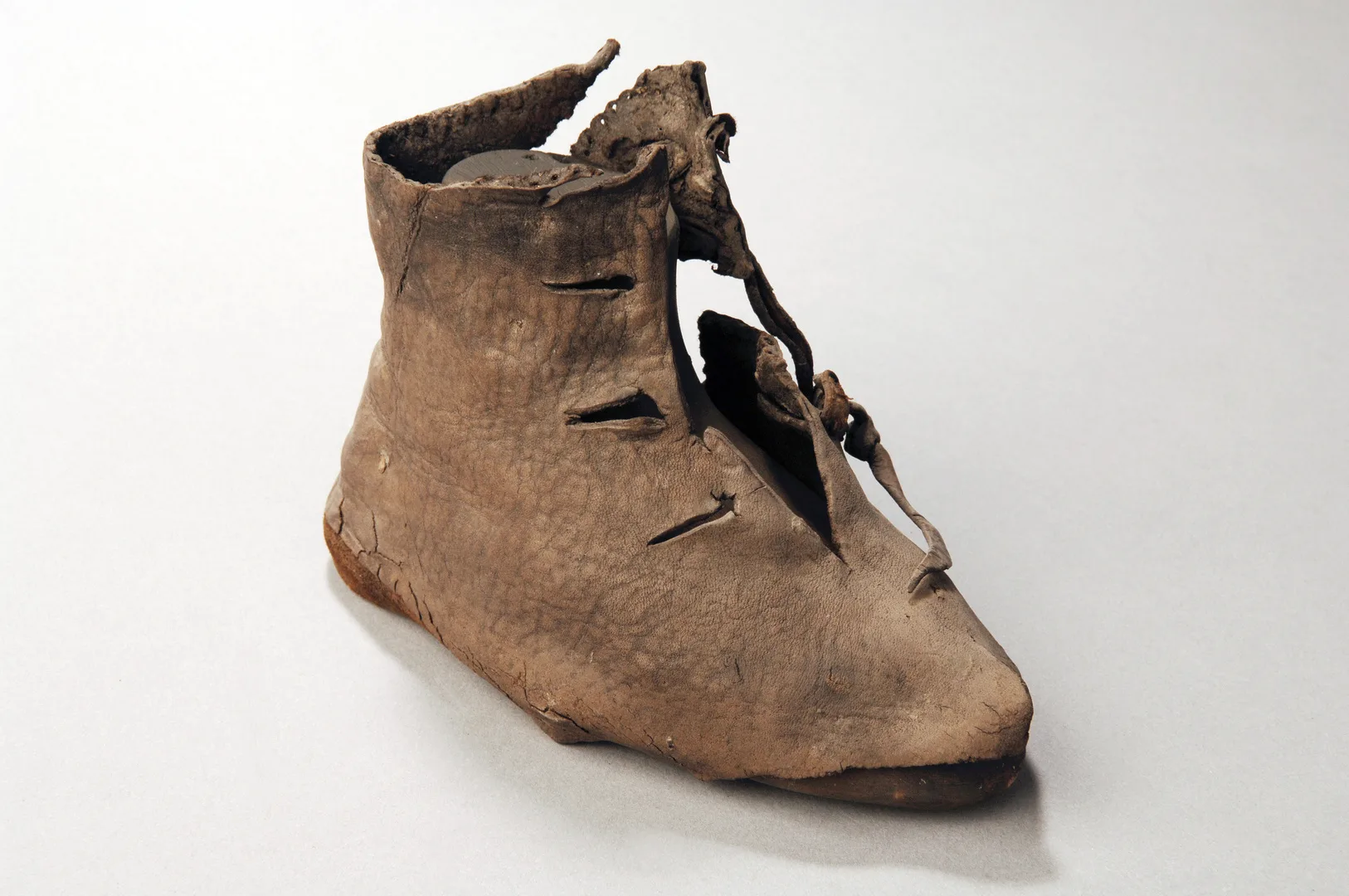
Child's shoe
Found on Skeppsholmen, Stockholm.
Illness and hardship
Infant mortality was high, and disease and harsh living conditions claimed many young lives. Accidents in the home were also common. Accounts rarely mention parents beating their children. St Bridget of Sweden wrote that she threatened her children with the rod, but never actually used it. When they did well, she rewarded them with an apple.
In the Middle Ages, a child’s prospects also depended greatly on whether or not the parents were married. Children born out of wedlock often brought shame and social exclusion upon their mothers, and, of course, upon themselves. Even if the father acknowledged the child, an illegitimate son or daughter could not inherit from him.
Baptism was vital
Children who died before being baptised were not allowed to be buried in consecrated ground, as it was believed that the unbaptised could not enter heaven. Baptism was therefore of the utmost importance in medieval society, not only for the child’s soul, but also for its inheritance rights.
During excavations of the cemetery at Helgeandsholmen in Stockholm, archaeologists found the remains of two infants buried in the cemetery wall, and another just outside it. These may well have been unbaptised children, laid to rest as close as possible to holy ground in the hope that they might still share in the bliss of heaven.
Play and responsibility
For children who survived infancy, life before the age of ten to twelve involved a good deal of play and leisure. At that time, most people lived in the countryside, where there was plenty to discover on the farm or in the woods. Generally speaking, children began to be introduced to the adult world at around the age of ten.
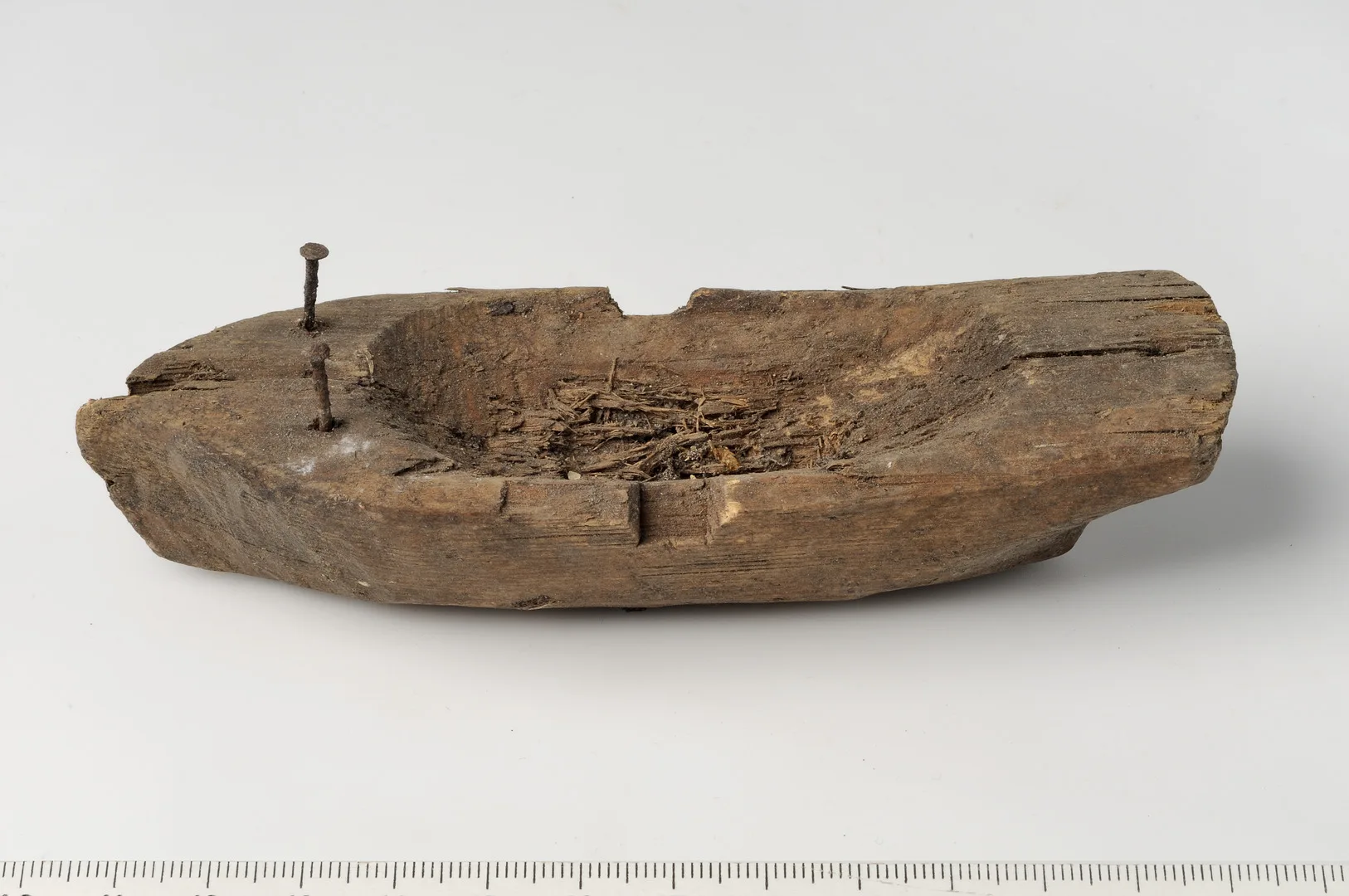
Toy boat
Found on Ekerö.
Children outside the towns accompanied their parents in daily tasks, learning adult work by doing it. On farms this meant acquiring the skills needed for everyday chores, such as milking or herding sheep.
Life was somewhat different for children in the towns, where they grew up surrounded by bustle and activity. Sons of craftsmen or merchants might be taught to read and write, at least the boys. Girls, in some cases, could receive an education in convents.
As they grew older, a craftsman’s son would begin helping in the workshop, while a merchant’s son might assist with loading goods and keeping stock. Girls learned to sew, using both homespun and imported fabrics, and to cook everyday meals as well as the finer dishes served at feasts and banquets.
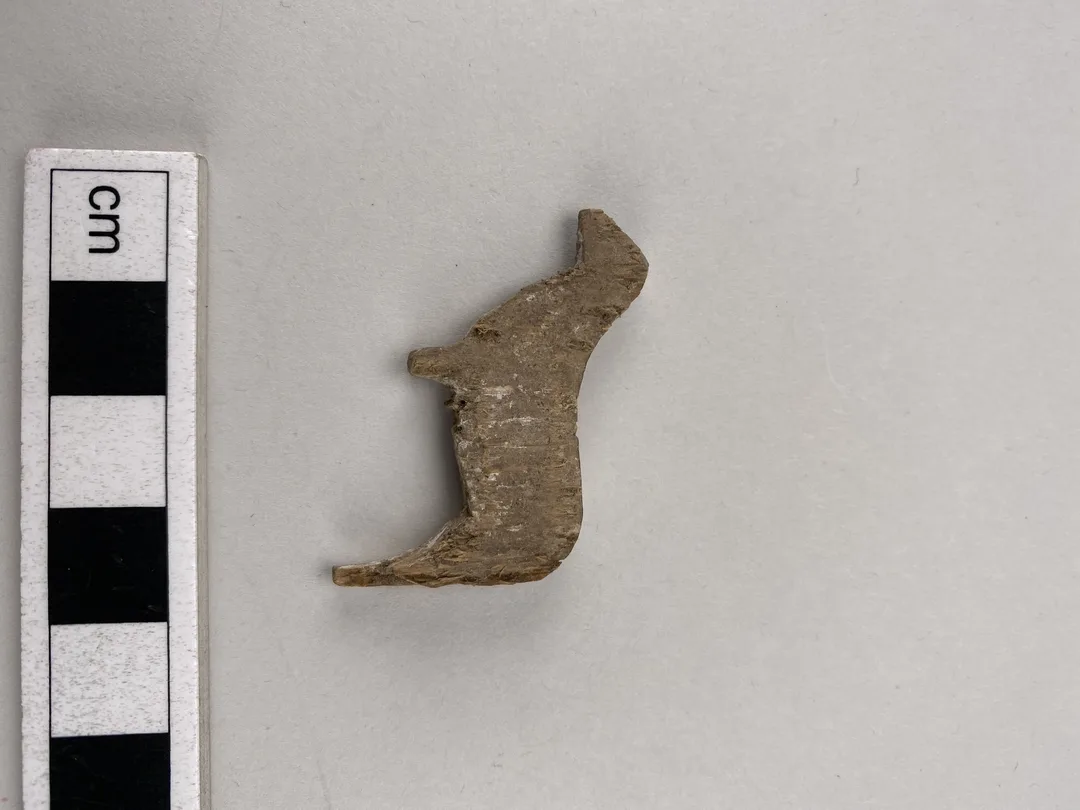
Toy horse
Found at Vreta Abbey, Östergötland.
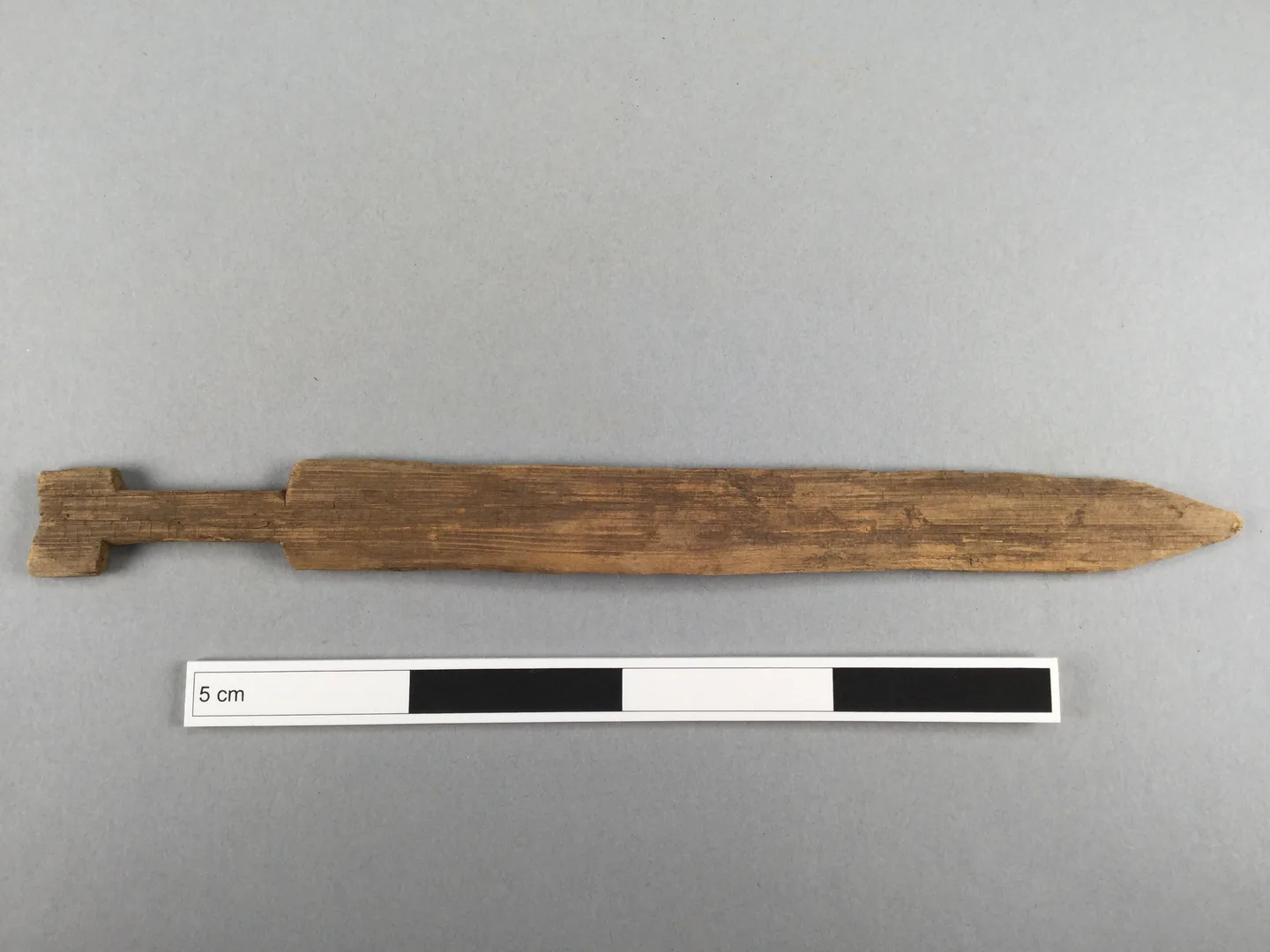
Toy sword
Found in Söderköping, Östergötland.
Class differences
The children of the wealthy – nobles, kings and princes – lived in a world utterly unlike that of other urban children. Their futures were predetermined: they were expected to marry someone who would enhance the family’s wealth and power. Parents always decided whom their children would wed, often making such arrangements at birth. St Bridget herself was married off at the age of only thirteen.
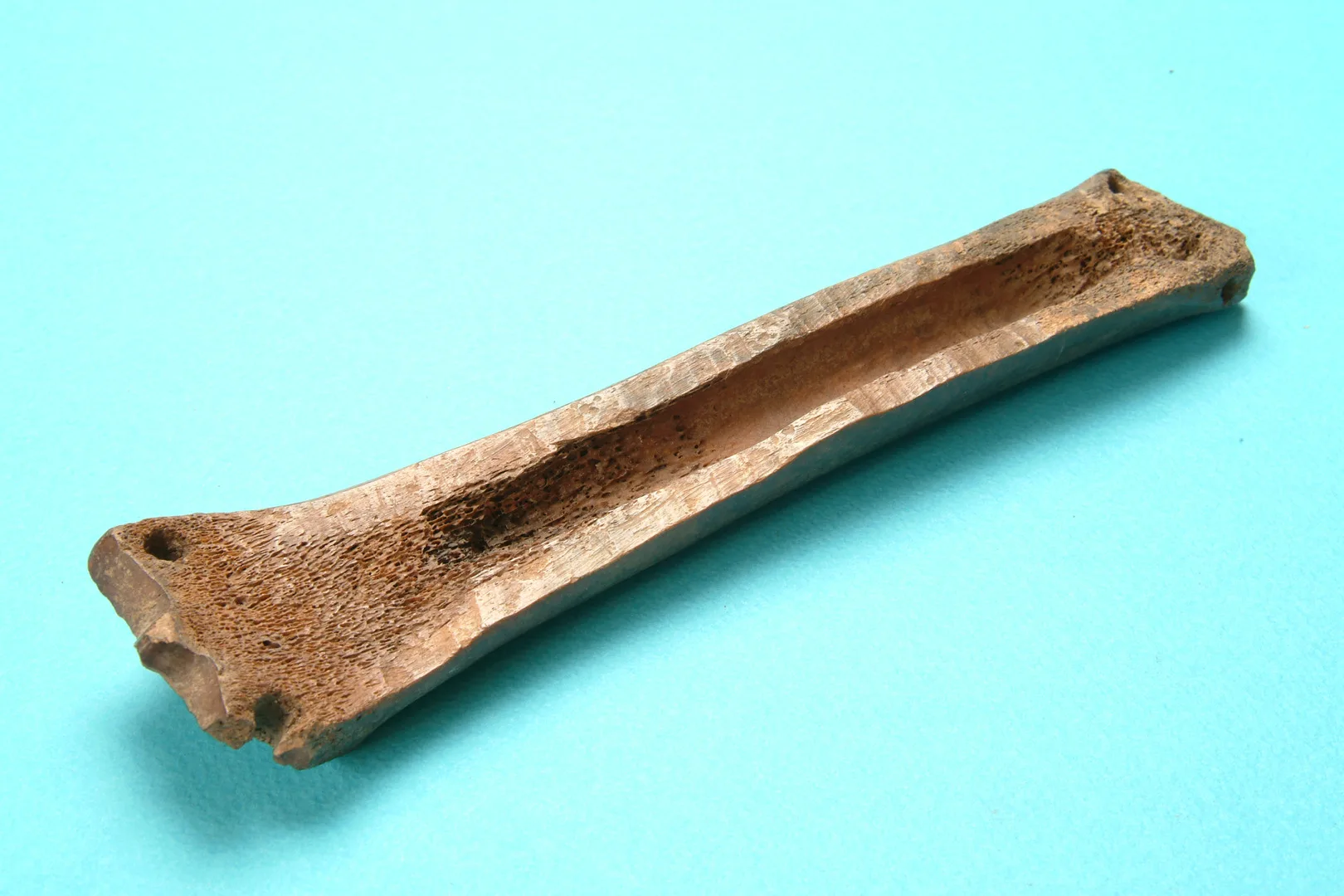
Medieval ice skate
Found in Enköping, Uppland.

